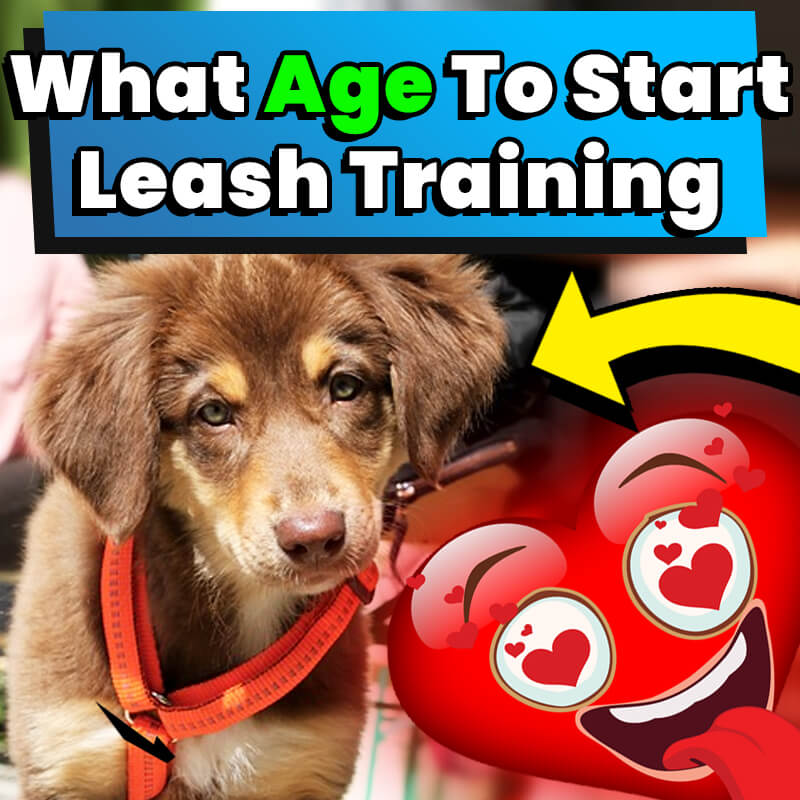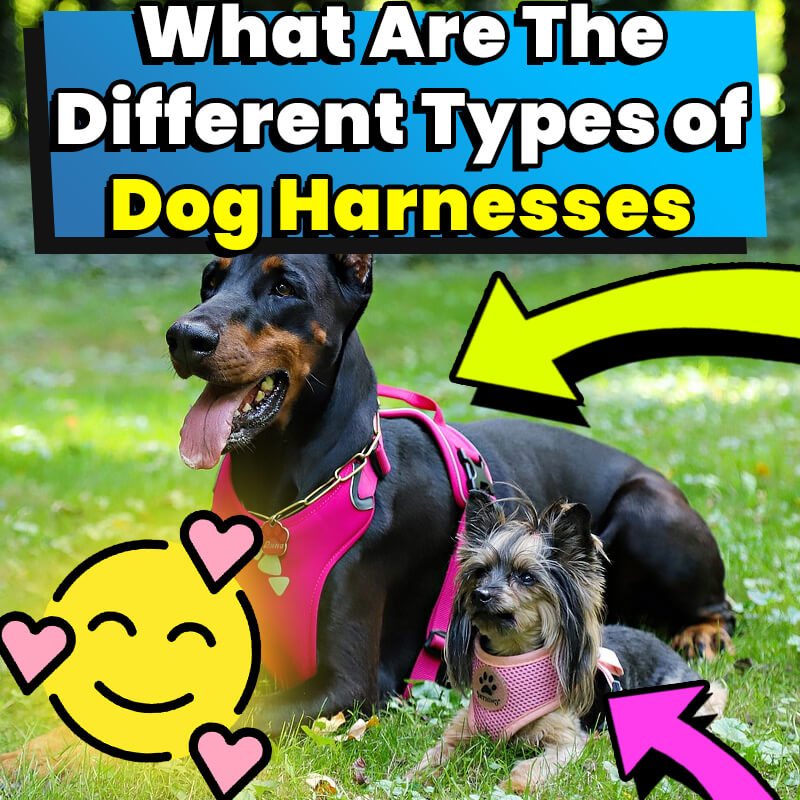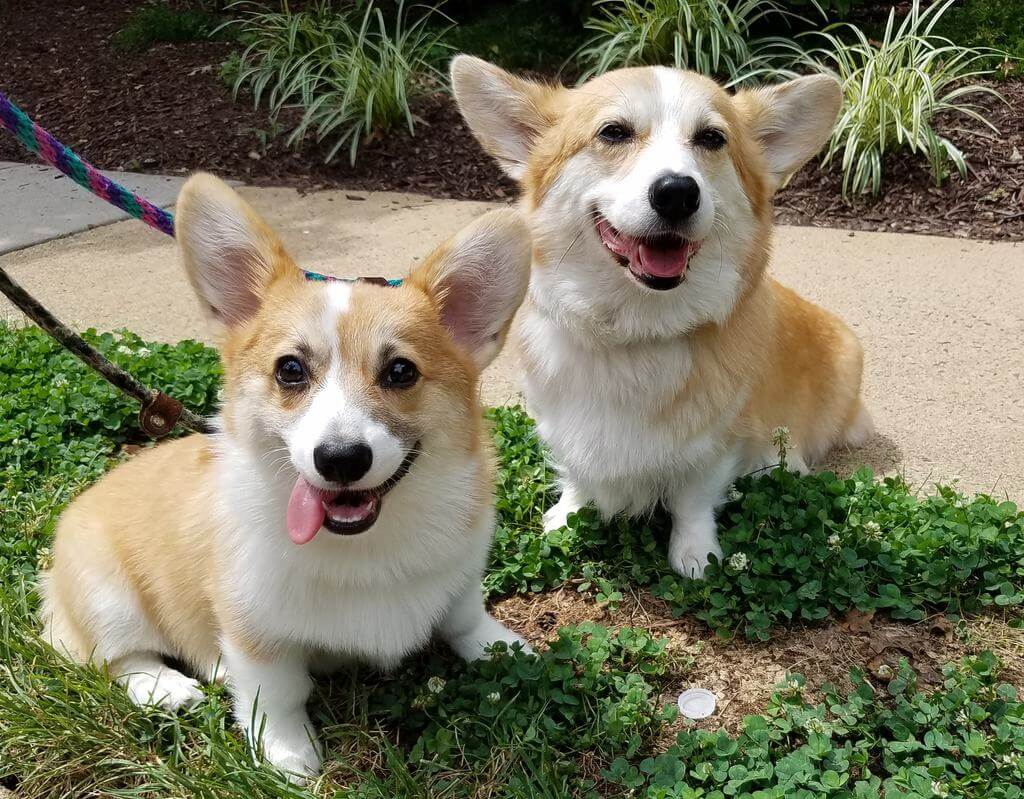
Many dog experts recommend that you should start puppy leash training at four to six weeks old. This is the best age because at 4 to 6 weeks old, your puppy is physically capable of walking. During this time, puppies are able to easily learn, absorb, and understand leash skills.
If you’re thinking about getting a dog or bringing home a puppy, it is best to prepare in advance. You’ll have to come up with a plan for when and how you’ll train your canine companion.
Leash training is important because it gives your puppy the discipline he or she needs. This is important when taking a walk around the neighborhood or visiting the vet.
Even when you’re at home with your dog in the backyard, leash training teaches discipline so your dog doesn’t accidentally run off. If you worry that this may happen, you’ll want to install a wireless dog fence in your backyard to keep your puppies safe during leash training.
When you are ready to leash train your puppy at four to six weeks old, you may be wondering how to train your dog to walk on a leash. Training your dog to walk next to you on a leash is crucial. Leash walking next to you shows how well-mannered your puppy is.
Going for walks together helps you connect and build your relationship with your dog. Did you know that walking on a leash is not a natural instinct for dogs? Thus, it is important to leash train your puppy so that your little furry friend knows how to walk nicely alongside you.
Below we will answer this question but first, let’s touch on the benefits of leash training your puppy.
Table of Contents
Why Leash Training Is Important
Leash training is one of many lists of training your puppy will go through. It is crucial to leash train because it helps with your puppy’s growth and development.
Walking on a leash isn’t a natural instinct for dogs as they will naturally wander, sniff, and explore what’s around them. Leash training your puppy or new dog will help them learn to be obedient, well-mannered, and safe family members.
To successfully leash train your puppy, it is important to note that the types of collars for leash walking are crucial. Below are a few reasons to start leash training your puppy.
- You notice naughty behavior in your little furry friend and have to keep an eye on him at all time
- If your dog has a habit of jumping and potentially hurting himself
- If your puppy has a habit of escaping the backyard and getting stuck in fences
Successful leash training allows you to take control of your furry friend in order to make sure he is well-behaved and safe. It is also easier to start leash training at a young age.
What Age Should You Start Leash Training A Puppy?
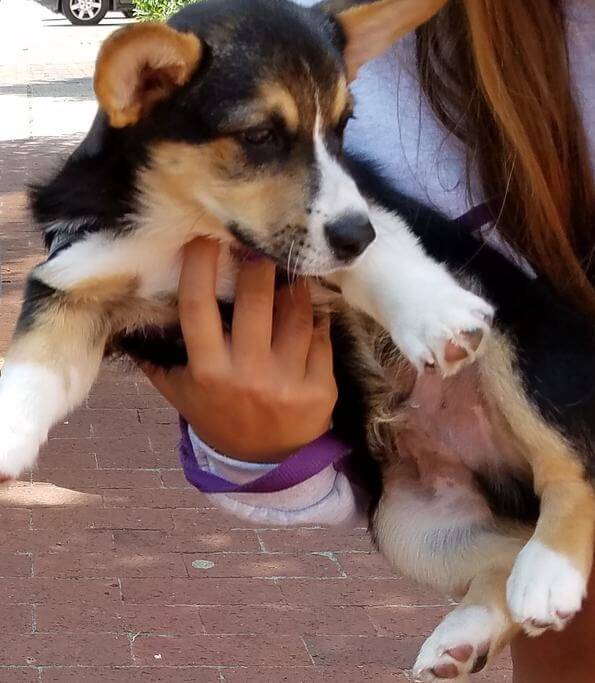
Many dog experts recommend that you should start puppy leash training at four to six weeks old.
This is the best age for your furry friend because at 4 to 6 weeks old, your puppy is physically capable of walking.
During this time, puppies are able to easily learn, absorb, and understand leash skills.
If you start leash training earlier than four to six weeks, your little puppy may not understand and if you start a bit too late, it may take a little longer for him or her to learn and re-adjust as some habits (whether good or bad) may have already started to form.
Does Vaccination Matters For Training?
Some dog owners believe that training can only start after puppies get all of their core vaccinations. However, this is not true. You can begin by leash training your puppy indoor. Once your puppy has received all of his core vaccinations, you can continue the leash training outdoors.
Walking A Puppy Before Vaccinations?
Veterinarians recommend that your puppy gets all of his core vaccinations before you take him out to the dog park or walk him outside of your home.
It is best to train your puppy indoor during the first stages of training. This way, there is less distraction and your puppy will have less trouble focusing.
If you train him outside of your house or at a park, there are many distractions. Distractions include other dogs at the park that will put your little puppy’s security at risk or people will come up and try to pet him when he’s trying to focus on your instructions.
Types Of Collars And Harnesses For Puppy Leash Training
There are several types of collars and harnesses you can use during puppy training. Many dog trainers will recommend the standard flat collar, martingale collar, or head collar.
Harnesses are also great options such as front clip harness and back clip harness because it does not exert pressure on your puppy’s neck.
If your puppy has a respiratory problem or has a habit of leash pulling, choosing a harness for leash training may be best.
Otherwise, a flat collar is recommended. Choosing to go with collars or dog harnesses depends on your dog’s breed, size, and behavior.
DON’T MISS: What To Put On Rope Burn From Dog Leash?
We’ve also covered the best leashes for puppy training. When it comes to dog leashes, make sure you use an appropriate length leash.
Depending on the training lessons, you should choose an appropriate length leash so that your puppy is within your reach and control. If your furry friend is a chewer, it is best to choose a chew proof leash.
Basic Obedience Commands First
Before leash training your puppy, you should have taught him some basic obedience commands like “come” and “sit.”
If you haven’t yet, no worries. A puppy can understand these verbal commands when he is four to six weeks old. When your puppy knows basic obedience commands, the leash training will be a lot easier.
READ NEXT: How to Teach A Dog to Sit On Command
Introducing The Dog Collar And Leash
You’ll want to use classical conditioning when introducing the dog collar and leash to your puppy.
Classical conditioning is a form of learning in which your puppy learns patterns of association. This form of learning will help your little furry friend become familiar with the collar and leash and get accustomed to wearing the collar and comfortable when hooked onto a leash.

Dog collar. When introducing the dog collar to your puppy, try not to place the collar around your puppy’s neck immediately as that will scare or confuse him.
Your puppy may squirm or run away and you’d end up chasing him.
Instead, make sure to train before his meal so that he is motivated by hunger.
Then, proceed to have him become familiar with the collar or harness first before he eventually wears it. Remember to do this in a playful manner with various delicious treats so that he slowly accepts the collar or harness.
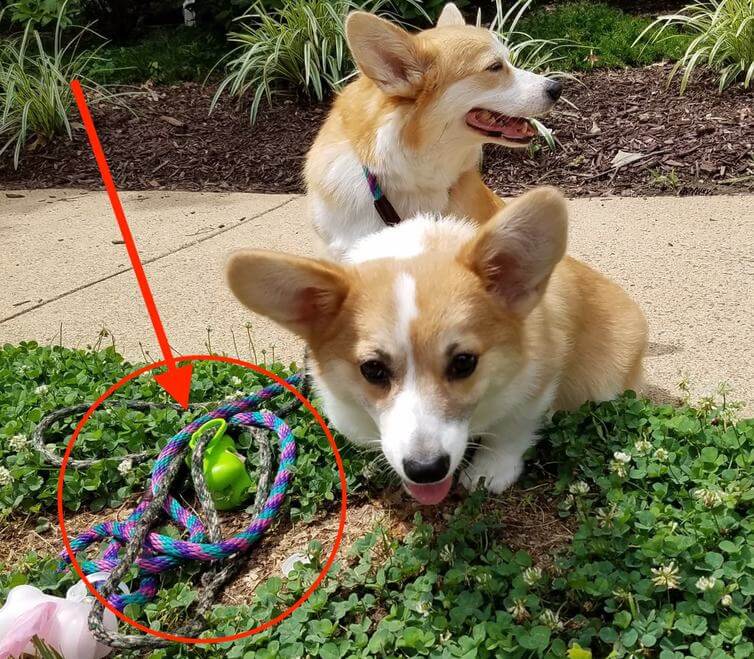
Dog leash. Similar to introducing the dog collar, make sure you have treats. This way, when introducing the dog leash, your puppy is associating it with treats.
Have your puppy become familiar with the leash and help them form a positive association with attaching the leash to his collar or harness.
If you’re using a clasp lead, you’ll attach the leash to the D ring on his collar or harness.
You could also introduce the dog leash by placing the leash on the ground and drag it around so that your puppy becomes familiar with the sound of the leash. Then slowly begin to attach the clasp lead to the collar. Make sure you have treats. Be patient and give your puppy the time he needs to accept and get accustomed to it.
Once your canine gets familiar with the leash, you can slowly introduce different types of dog leashes, including retractable dog leashes and rope dog leashes depending on what is best for you and your dog.
Teaching Puppy To Come To You
While your puppy is wearing the collar with the leash attached, place the free end of the leash on the ground and allow your puppy to feel it. With treats in your hand, call your puppy over to you.
While he’s walking towards you, still wearing his collar with a leash attached, you can back up a few paces and then give him a treat when he gets to you.
Continue this progress until your puppy begins to walk with you. If your puppy gets confused and isn’t walking towards you, remember to be patient and do not pull on his leash.
Show him the treats in your hands and cue him towards you. After doing this a few times, he will forget that he’s wearing the collar with the leash attached.
Positive Puppy Training
Along with treats, verbal rewards work great as well. Always praise your puppy with “good dog!” or “good boy!” when he obeys your command or you can also scratch his belly to show him you approve of his behavior. This positive reinforcement will encourage your puppy to wear the collar with the leash attached.
Short And Consistent Training Sessions
Because your little furry friend has a short attention span, try to keep the training sessions short, but be consistent with it. Every day, continue the training sessions until your puppy is ready.
Have Patience And Be Calm
It is important to be cool, calm and collected. Your puppy is trying to learn and absorb everything around him and it will certainly take time.
Try not to rush or scold your puppy as that may produce worse results, causing him to be scared of you or affecting his performance during training sessions. Consult with a professional trainer if you ever need help.
Overall the best age to start leash training a puppy is 4 to 6 weeks old. Try spending as much time with your puppy to grow the bond between you two and this will also make training more fun and enjoyable.

With over five years of specialized experience as an animal writer, my expertise lies in dog nutrition, health, behavior, grooming, and training. I am dedicated to delivering helpful and informative content that caters to the well-being of our furry friends. My primary goal is to empower pet owners with knowledge and ensure our canine companions thrive in health and happiness. In my free time, I love volunteering at local dog rescue centers.
